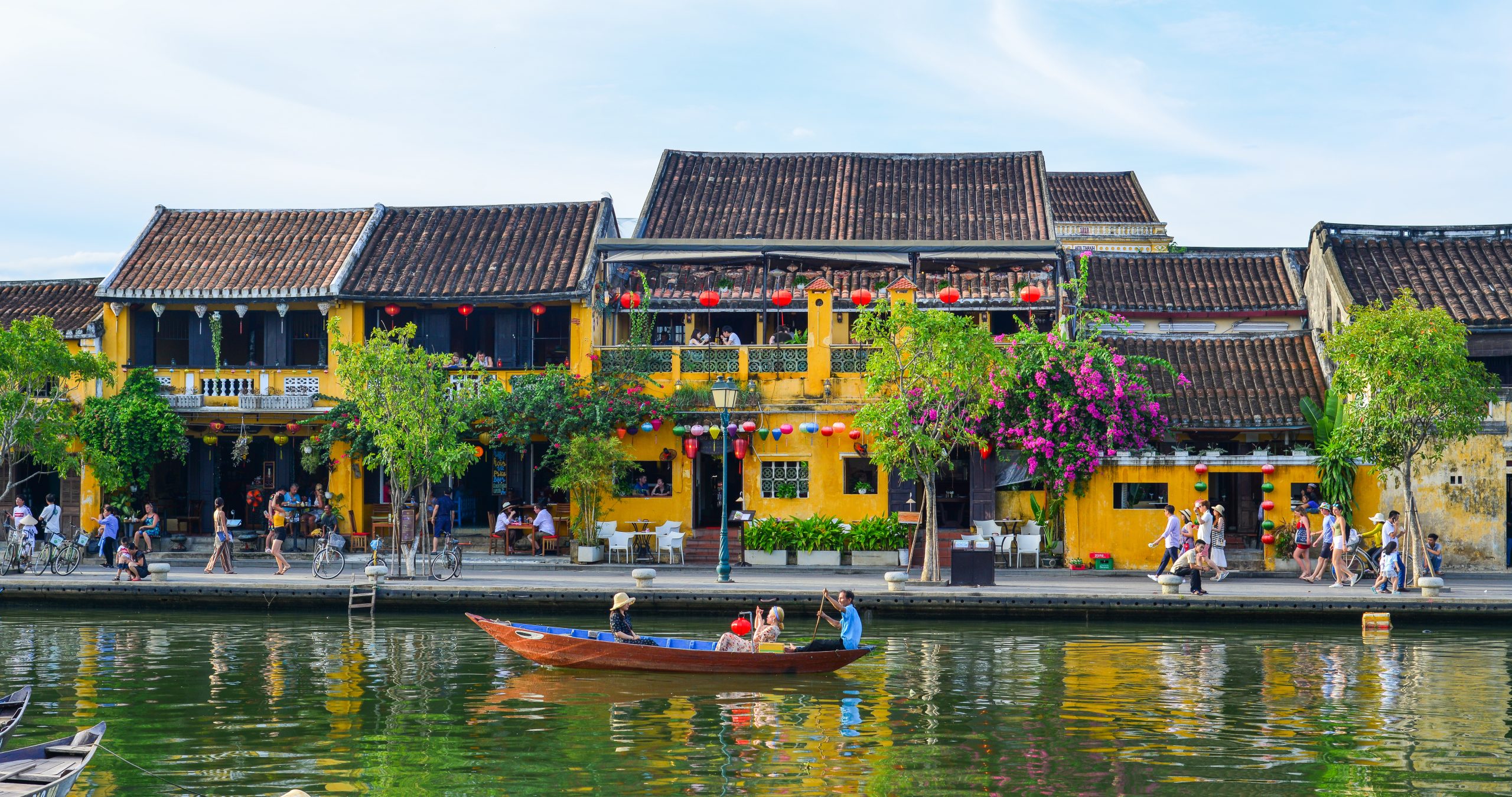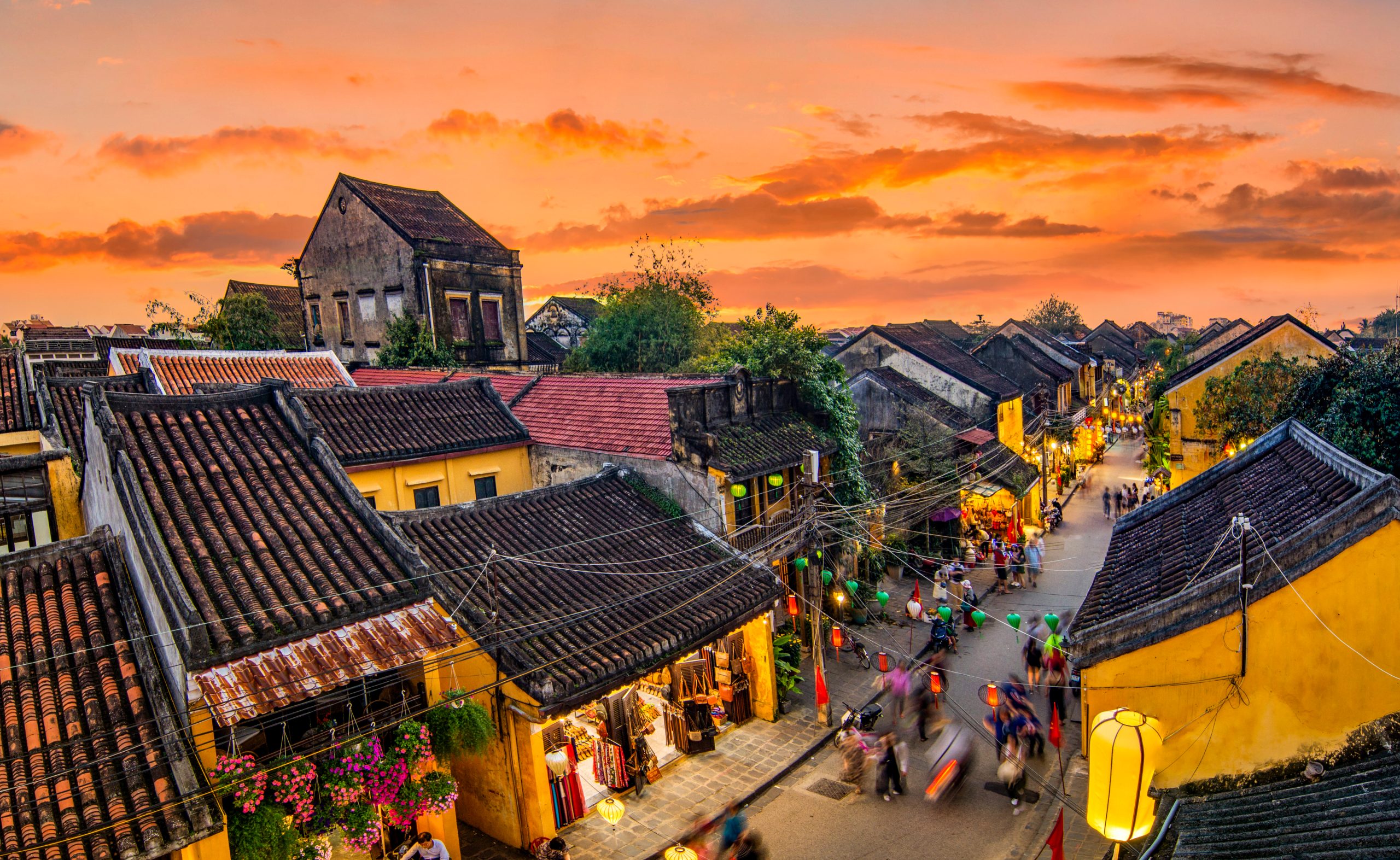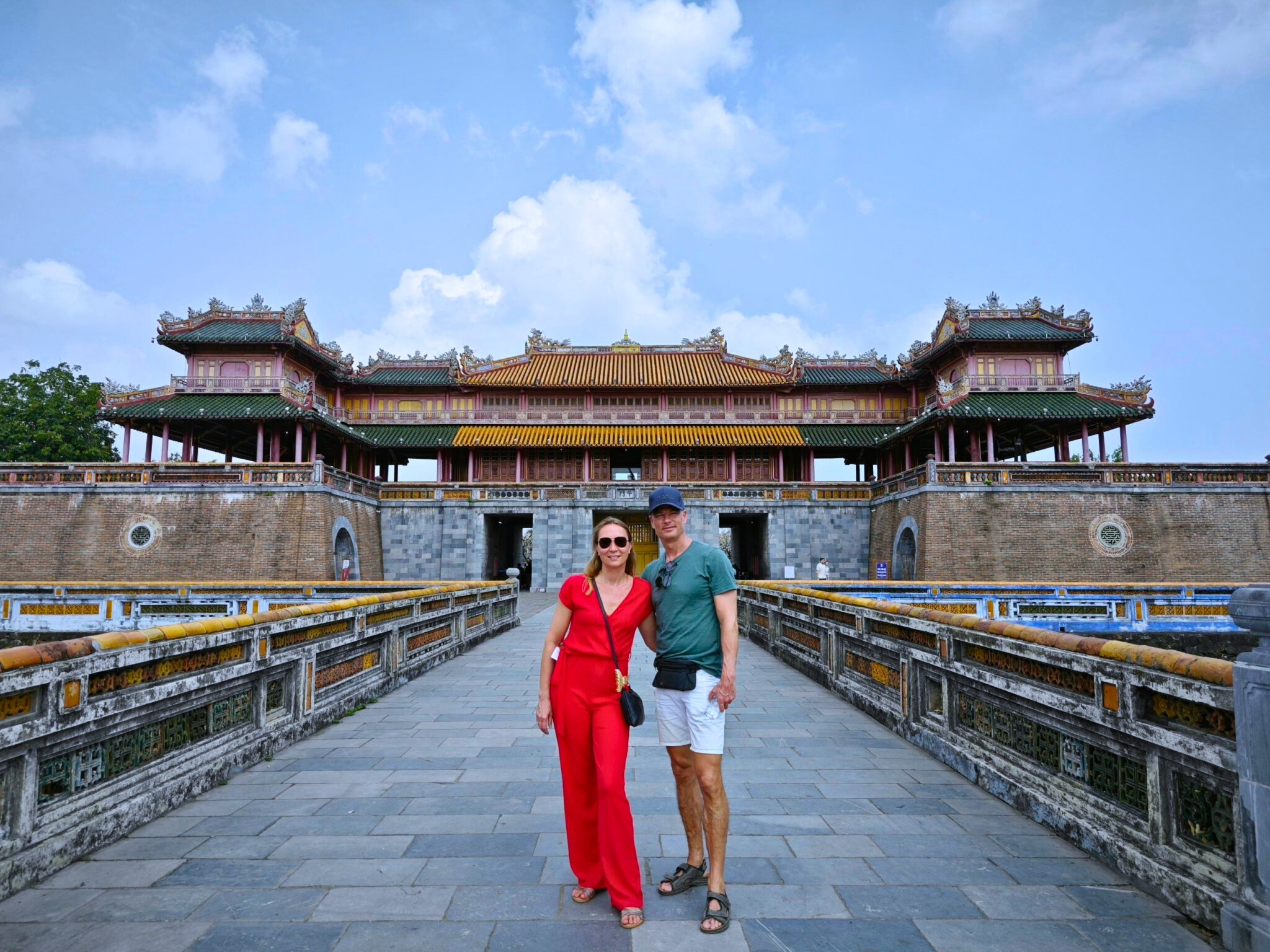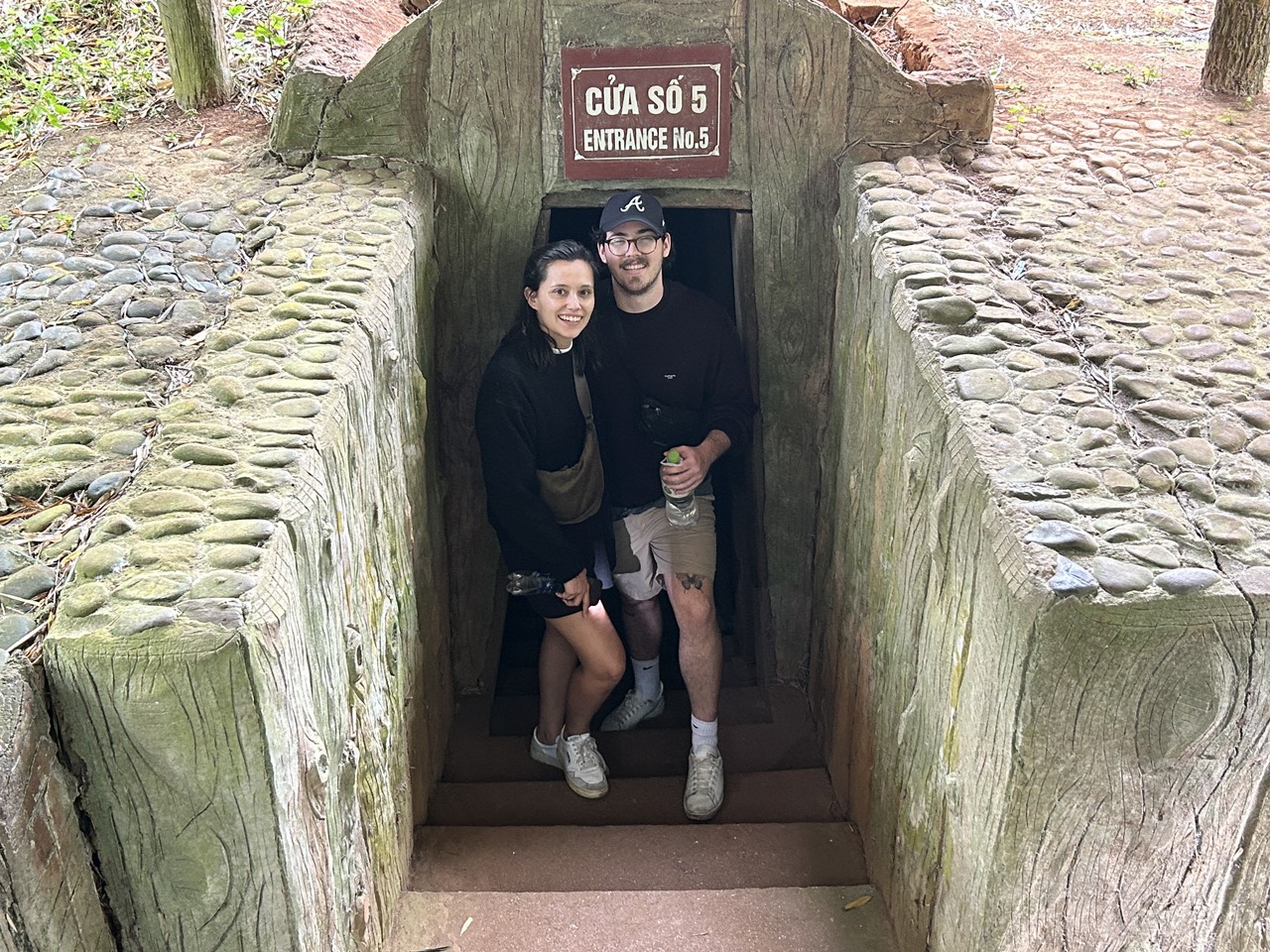Hoi An Ancient Town: All you need to know
Ever wondered why Hoi An Ancient Town consistently ranks among Southeast Asia’s most enchanting destinations? This UNESCO World Heritage site isn’t just another tourist attraction—it’s a living museum where centuries-old traditions blend seamlessly with modern Vietnamese life. Whether you’re planning your first visit or seeking deeper insights into this cultural gem, this comprehensive guide covers everything from historical significance to practical travel tips.
What Makes Hoi An Ancient Town Special?
Hoi An Ancient Town stands as Vietnam’s best-preserved example of a Southeast Asian trading port dating from the 15th to 19th centuries. Unlike many historical sites that feel frozen in time, Hoi An pulses with life—tailors craft custom clothing, street vendors serve traditional cao lau noodles, and lanterns cast their warm glow across centuries-old shophouses.
The town’s unique architecture reflects its multicultural heritage. Chinese merchant houses, Japanese-designed bridges, French colonial buildings, and Vietnamese tube houses create an architectural tapestry that tells the story of international trade and cultural exchange. This exceptional preservation earned Hoi An its UNESCO World Heritage status in 1999.

Historical Background: From Trading Port to Tourist Magnet
Understanding Hoi An’s history enriches any visit. During the 16th and 17th centuries, the town (then known as Faifo) served as a crucial stop on the maritime Silk Road. Japanese, Chinese, Dutch, and Portuguese merchants established communities here, each leaving their architectural and cultural imprint.
“Hoi An represents an outstanding material manifestation of the fusion of cultures over time in an international commercial port.” – UNESCO World Heritage Committee
The town’s decline as a trading port in the late 18th century proved a blessing in disguise. While other Vietnamese cities modernized rapidly, Hoi An remained largely unchanged, preserving its historical character for future generations.
Must-Visit Attractions in Hoi An Ancient Town
Japanese Covered Bridge (Chua Cau)
This iconic 18th-century bridge symbolizes Hoi An and appears on the 20,000 VND note. Built by the Japanese community to connect with the Chinese quarter, it features intricate carvings and a small temple. Visit early morning or late afternoon to avoid crowds and capture the best photographs.
Tan Ky House
This 200-year-old merchant house showcases the architectural fusion that defines Hoi An. Japanese, Chinese, and Vietnamese design elements blend harmoniously, from the Japanese-supported roof to Chinese poetry adorning the walls. The house has survived numerous floods, with high-water marks serving as reminders of nature’s power.
Assembly Halls
Hoi An’s Chinese assembly halls offer glimpses into the immigrant communities that shaped the town. The most impressive include:
- Fujian Assembly Hall: Dedicated to Thien Hau, goddess of the sea
- Cantonese Assembly Hall: Features elaborate dragon sculptures
- Hainan Assembly Hall: Honors 108 merchants killed by mistake

Experiencing Hoi An: Beyond the Tourist Trail
Lantern Festival Magic
On the 14th day of each lunar month, Hoi An transforms during its monthly lantern festival. Electric lights dim, and thousands of silk lanterns illuminate the streets. Locals and tourists release floating lanterns on the Thu Bon River, creating a magical atmosphere that captures Hoi An’s romantic essence.
Culinary Adventures
Hoi An’s cuisine reflects its multicultural heritage. Don’t miss these signature dishes:
| Dish | Description | Where to Try |
|---|---|---|
| Cao Lau | Thick rice noodles with pork and herbs | Cao Lau Khong Gian Xanh |
| White Rose Dumplings | Delicate shrimp dumplings shaped like roses | White Rose Restaurant |
| Banh Mi | Vietnamese sandwich with French influence | Banh Mi Phuong |
| Com Ga | Turmeric rice with shredded chicken | Com Ga Ba Buoi |
Traditional Crafts and Shopping
Hoi An’s reputation for custom tailoring attracts shoppers worldwide. Over 400 tailor shops can create anything from suits to evening gowns within 24-48 hours. For quality and reliability, research reviews on TripAdvisor before committing to a tailor.
Beyond tailoring, explore traditional crafts:
- Lantern making workshops: Create your own silk lantern
- Pottery villages: Visit Thanh Ha Pottery Village
- Wood carving: Watch artisans at Kim Bong Carpentry Village
Practical Information for Visiting Hoi An
Best Time to Visit
Plan your visit strategically to maximize enjoyment:
- February to May: Ideal weather with minimal rain
- June to August: Hot but manageable, fewer tourists
- September to January: Possible flooding, especially October-November
Getting There and Around
Most visitors arrive via Da Nang International Airport, 30 kilometers away. Transportation options include:
- Private transfer: $15-20, most convenient
- Shared shuttle: $5-8, economical choice
- Motorbike rental: $5-7/day for exploration
Within the Ancient Town, walking or cycling provides the best experience. Many hotels offer complimentary bicycles. For comprehensive travel planning, consult Lonely Planet’s Hoi An guide.
Entrance Tickets and Fees
The Hoi An Ancient Town ticket (120,000 VND as of 2024) grants access to five historical sites. Choose wisely among the 22 participating attractions. The ticket remains valid for 10 days, allowing leisurely exploration.
Where to Stay: Accommodation Options
Hoi An offers diverse accommodation suiting every budget and preference:
Inside Ancient Town
Staying within the historic center provides immediate access to attractions but expect higher prices and potential noise. Boutique hotels in restored merchant houses offer authentic experiences.
Riverside Location
Properties along the Thu Bon River combine convenience with tranquility. Many feature pools and river views while remaining walking distance from main sites.
Beach Resorts
Cua Dai and An Bang beaches, 4-5 kilometers from town, host luxury resorts. Complimentary shuttle services connect beach properties with the Ancient Town.
Day Trips and Nearby Attractions
Extend your Hoi An experience with these nearby destinations:
- My Son Sanctuary: Ancient Cham temple complex, 40 kilometers away
- Marble Mountains: Buddhist pagodas and caves near Da Nang
- Ba Na Hills: Mountain resort with the famous Golden Bridge
- Cham Islands: Pristine beaches and snorkeling opportunities
For detailed information about day trips, visit our comprehensive guide to Hoi An excursions.
Cultural Etiquette and Responsible Tourism
Respect local customs to ensure positive interactions:
“Tourism should benefit both visitors and local communities. In Hoi An, this means respecting cultural sites, supporting local businesses, and minimizing environmental impact.” – Vietnam National Administration of Tourism
Key guidelines include:
- Dress modestly when visiting religious sites
- Remove shoes before entering homes and temples
- Ask permission before photographing locals
- Support authentic businesses rather than mass-produced souvenirs
Photography Tips for Capturing Hoi An’s Beauty
Hoi An provides endless photographic opportunities. Maximize your shots with these insights:
- Golden hour magic: Sunrise (5:30-6:30 AM) offers soft light and fewer crowds
- Lantern reflections: Capture lanterns reflecting in river water after dark
- Architectural details: Focus on ornate carvings and weathered textures
- Local life: Document morning markets and traditional crafts
Seasonal Events and Festivals
Time your visit to coincide with cultural celebrations:
| Festival | When | Highlights |
|---|---|---|
| Tet (Lunar New Year) | January/February | Traditional performances, special foods |
| Mid-Autumn Festival | September/October | Children’s lantern parades |
| Hoi An Legendary Night | Monthly (14th lunar day) | Traditional games, folk performances |
Budget Planning: Making the Most of Your Visit
Understanding costs helps plan effectively:
- Accommodation: $15-200/night depending on location and luxury level
- Meals: $2-5 for street food, $10-20 for restaurants
- Activities: $20-50 for cooking classes, tours
- Shopping: $30-150 for custom clothing
For comprehensive Vietnam travel budgeting, consult Nomadic Matt’s Vietnam guide.
Health and Safety Considerations
Hoi An remains one of Vietnam’s safest destinations, but standard precautions apply:
- Stay hydrated: Tropical climate demands frequent water intake
- Sun protection: Use sunscreen and wear hats during midday
- Food safety: Choose busy stalls with high turnover
- Secure valuables: Use hotel safes for passports and excess cash
Conclusion: Why Hoi An Belongs on Your Travel List
Hoi An Ancient Town offers more than Instagram-worthy lantern photos—it provides authentic cultural immersion in a setting where history lives and breathes. Whether you spend two days exploring main attractions or two weeks delving deeper into local life, Hoi An rewards visitors with unforgettable experiences.
From savoring cao lau noodles in a centuries-old shophouse to releasing lanterns on the Thu Bon River, every moment in Hoi An connects you with Vietnam’s rich heritage. This remarkable fusion of cultures, preserved architecture, and vibrant traditions makes Hoi An Ancient Town an essential stop on any Southeast Asian journey.
Ready to explore more of Vietnam’s treasures? Discover our complete guide to Vietnam’s must-visit destinations and start planning your perfect Vietnamese adventure.




